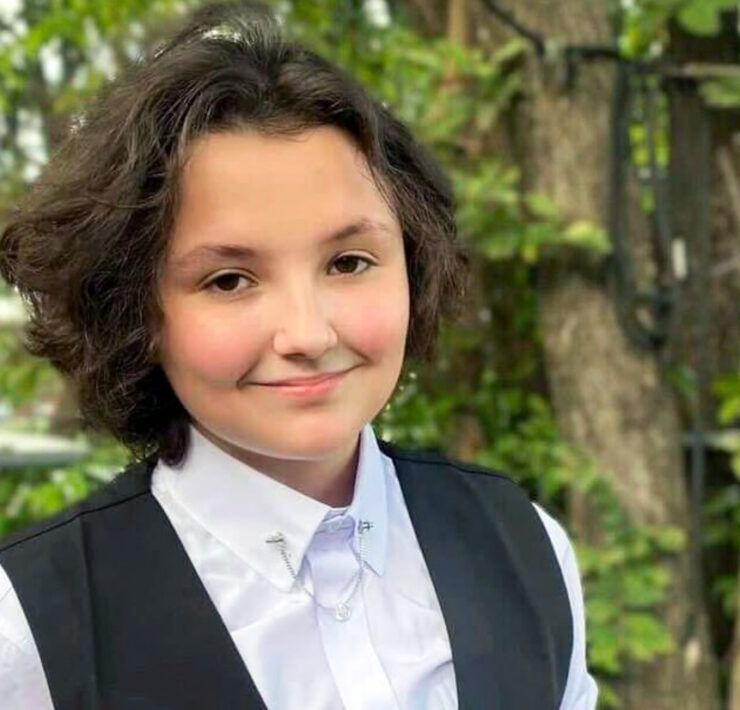Oklahoma! Puts an Inclusive Spin on a Classic

A bold reimagining of Oklahoma! opened this week at The Denver Center. This production has all the elements audiences have come to love for the last 75 years–a love story tried by doubt and conflict, dancing that ranges from a two-step to classical ballet, and of course, the songs many of us grew up singing.
But, go to this production and you’ll notice something different. Something refreshing. Something that probably should have been done long ago. DCPA’s new Artistic Director Chris Coleman debuts his first production with the company by setting Oklahoma! in one of the 50 African American towns that existed in Oklahoma in 1906–the time the play is set in.
“Experiencing that drive and sense of possibility expressed by a community we haven’t traditionally seen tell this story opens up new windows on what it means to be a Westerner, what it means to be an American, what it means to ‘stake your claim’ in the land,’” Coleman said.
New York-based Ta’Nika Gibson leads the all-African American cast with a piercingly clear voice that brings these masterful songs to life. She plays Laurey Williams, a farm girl caught between the sinister farmhand Jud Fry and the lovable cowboy Curly McLain.
McLain is played by Antoine L. Smith, a Broadway actor who brings his skills to the stage with a riveting portrayal that captures the insecurities, vulnerabilities and joys of head-over-heels love.
Bre Jackson plays Ado Annie Carnes in the secondary romance that pits Ado’s flirtatiousness between a traveling salesman (Cooper Grodin) and her long-suffering fiancée (Rennie Anthony Magee).
Oklahoma! was the very first collaboration by Rodgers and Hammerstein and is the largest dance show the Denver Center for the Performing Arts has produced. Choreographer Dominique Kelly (La La Land, Bring in ‘da Noise, Bring in ‘da Funk) brings his considerable talents to the stage with a vast array of dance styles that even include a bit of stepping during the encore.
The costume team had to balance form with function. The shoes and creatively cut skirts are made to allow the ensemble to move freely, while also capturing the look of the times. Interestingly, there aren’t a lot of bright colors like those in the 1940s version of the play.
Design Director Jeff Cone said he wanted to stay true to a time period when people worked hard, so you’ll mostly see the modest, high necklines of the time period “with the notable exception of our darling Ado Annie, who is fully aware of her feminine charms and sees no reason to hide them.”
With former slaves moving to Oklahoma because of the ability to obtain land there, it became home to the largest number of all-black towns in the nation’s history. At one point, legislation was introduced to make the then-territory an all-black state.
Coleman digs into this history and does justice to the play by leaving its magical storyline alone, while sprinkling in African American cultural references. The “dream ballet” sequence, for instance, maintains the breadth and beauty of the ballet choreographed in 1943, while adding a broom for the “jumping of the broom” African wedding tradition.
If you’ve never seen the play, this is an iconic part of American culture. If you’ve already seen it, this is a version with a delightfully new twist.
The play runs through October 14 at the Denver Performing Arts Complex. You can get tickets online here denvercenter.org/tickets-events/, in person at the box office, or by calling 303-893-4100.
What's Your Reaction?
Yvonne Wright is an Emmy-award-winning journalist who is a connoisseur of great literature and mediocre TV.










